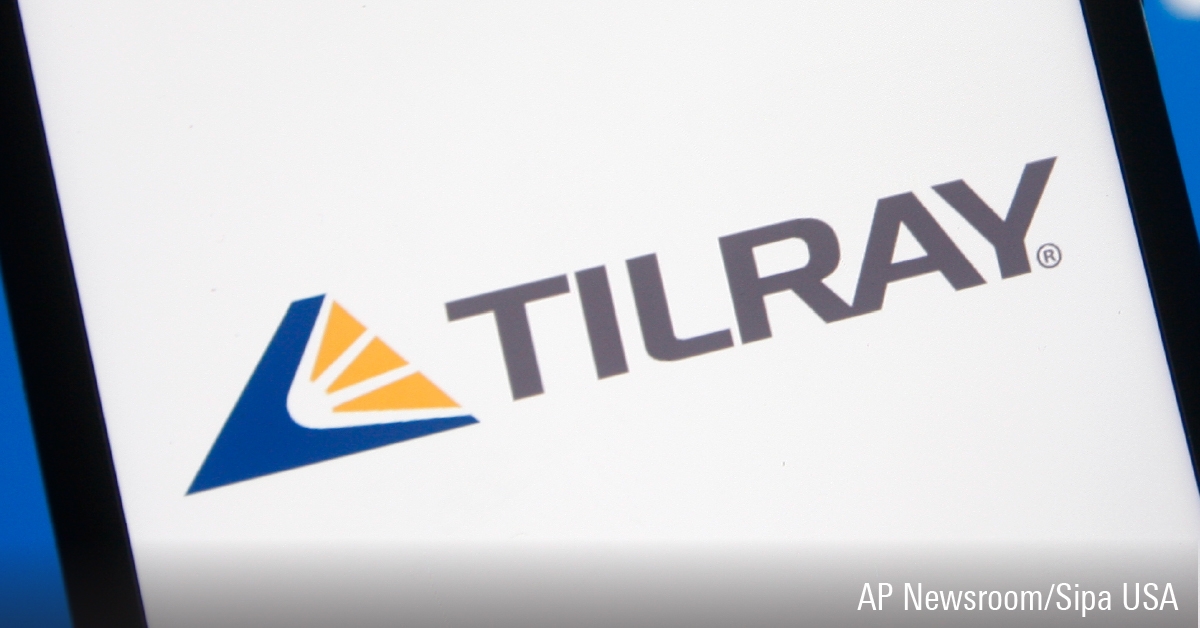Ian Tam: When structuring your portfolio, it's important to know how much risk you can realistically handle. Equities or stocks will come with the highest expected return but also the highest amount of risk. On the other hand, fixed income or bonds are far safer, but will also offer you much lower returns.
First, let's look at the kind of returns you can expect from various asset classes. So, on the screen here, you'll see that if you had started with a $50,000 portfolio and invested all that money into a Canadian bond fund in the year 2000, at the end of that 20-year period, you would have ended up with about $118,000. If you put that same amount of money into a Canadian equity mutual fund, again, at the end of that 20-year period, you would have ended up with $161,000 after fees, and this is again on average based on the category average mutual funds in Canada.
So, put another way, Canadian equities over the last 20 years have given us roughly a 5.8% annualized rate of return, whereas Canadian fixed income funds give us something closer to 4.3%, again annualized rate of return after fees.
So, you might be tempted to chase the highest possible return. Before you put all your savings into the equity or stock market, let's have a look at the standard deviation and downside deviation columns listed on the same table. These are measures of volatility or risk. Standard deviation indicates the volatility of returns in both positive and negative directions, while downside deviation looks at volatility only in the negative direction. The higher the deviation, the more the volatility.
But to understand how much risk again you can realistically withstand, let's focus on the last column here, maximum drawdown. Maximum drawdown shows you how much of a portfolio value is lost from peak to trough during a financial crisis. So, for example, Canadian equities had a max drawdown of 43.64%. Again, from the top of the peak to the bottom of the trough, that's the measure of maximum drawdown. It usually happened around the 2008 financial crisis.
Would you be comfortable losing that much of your portfolio value? If the answer is no, you probably can't stomach as much risk as you think you can.
For Morningstar, I'm Ian Tam.
Investing in the low carbon economy
Learn about the companies best positioned to survive and thrive









:quality(80)/cloudfront-us-east-1.images.arcpublishing.com/morningstar/VYKWT2BHIZFVLEWUKAUIBGNAH4.jpg)










